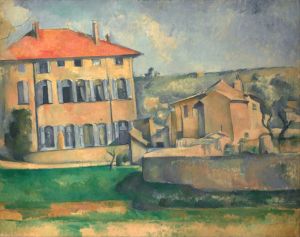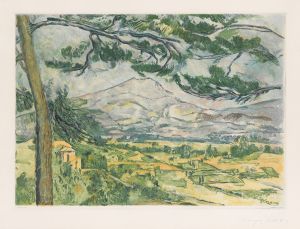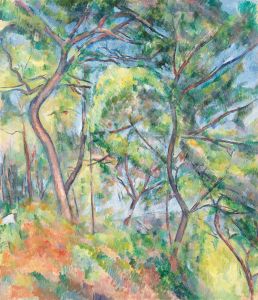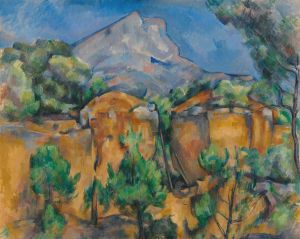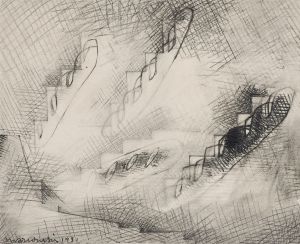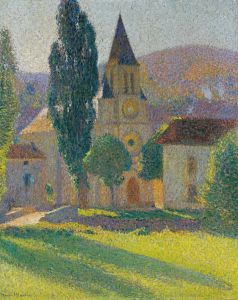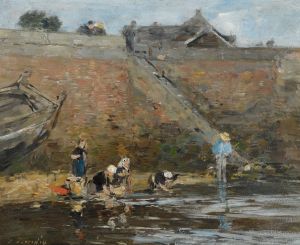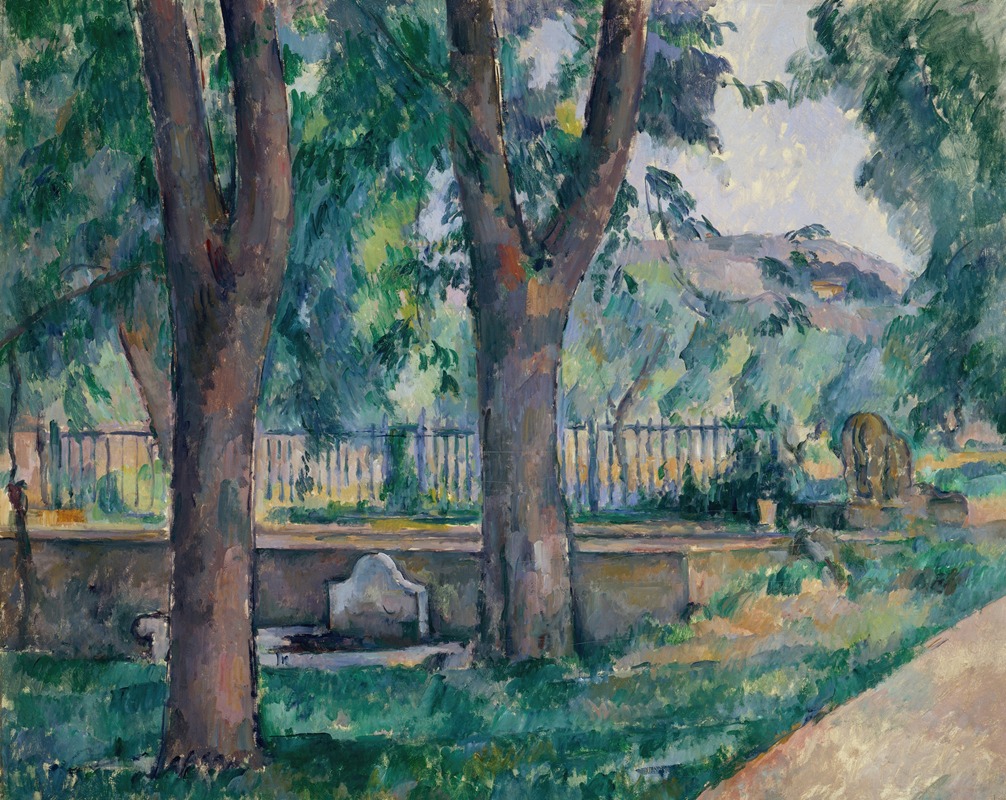
The Pool at Jas de Bouffan
A hand-painted replica of Paul Cézanne’s masterpiece The Pool at Jas de Bouffan, meticulously crafted by professional artists to capture the true essence of the original. Each piece is created with museum-quality canvas and rare mineral pigments, carefully painted by experienced artists with delicate brushstrokes and rich, layered colors to perfectly recreate the texture of the original artwork. Unlike machine-printed reproductions, this hand-painted version brings the painting to life, infused with the artist’s emotions and skill in every stroke. Whether for personal collection or home decoration, it instantly elevates the artistic atmosphere of any space.
Paul Cézanne's "The Pool at Jas de Bouffan" is a notable work that exemplifies the artist's innovative approach to landscape painting. Created in the late 19th century, this painting is part of a series of works Cézanne produced at the Jas de Bouffan estate, which was owned by his family. The estate, located near Aix-en-Provence in the south of France, provided Cézanne with a rich source of inspiration and a setting where he could explore his evolving artistic techniques.
"The Pool at Jas de Bouffan" captures a tranquil scene of a pool surrounded by trees and the natural landscape of the estate. Cézanne's use of color and brushwork in this painting reflects his departure from the traditional Impressionist style, moving towards a more structured and geometric approach that would later influence the development of modern art. His technique involved building up the surface of the canvas with layers of paint, creating a sense of depth and solidity that was distinct from the fleeting impressions favored by his contemporaries.
Cézanne's work at Jas de Bouffan is characterized by his interest in capturing the underlying structure of the natural world. In "The Pool at Jas de Bouffan," this is evident in the way he organizes the composition, using the pool as a central element that anchors the scene. The trees and reflections in the water are rendered with a careful attention to form and color, demonstrating Cézanne's belief in the importance of observing nature closely and representing it with fidelity to its geometric forms.
The painting is also notable for its exploration of light and shadow, which Cézanne uses to create a sense of harmony and balance within the composition. The interplay of light on the water and the surrounding foliage is depicted with subtle gradations of color, showcasing Cézanne's skill in capturing the nuances of the natural environment.
Cézanne's time at Jas de Bouffan was a period of significant artistic development, during which he refined his techniques and solidified his reputation as a pioneering figure in the transition from 19th-century Impressionism to 20th-century modernism. "The Pool at Jas de Bouffan" is a testament to his innovative approach and his dedication to capturing the essence of the landscapes that surrounded him.
Today, Cézanne is celebrated as a master who laid the groundwork for future movements such as Cubism and Fauvism. His work at Jas de Bouffan, including "The Pool at Jas de Bouffan," remains an important part of his legacy, illustrating his unique vision and his profound impact on the course of art history. The painting is held in high regard by art historians and continues to be studied for its contribution to the evolution of modern art.






